"Trust takes a long time to arrive", Ogilvy UK's CCO explains how to create award-winning ads
André Laurentino, known as Dede, reveals what it's like to be chief creative officer at one of the world's leading agencies.
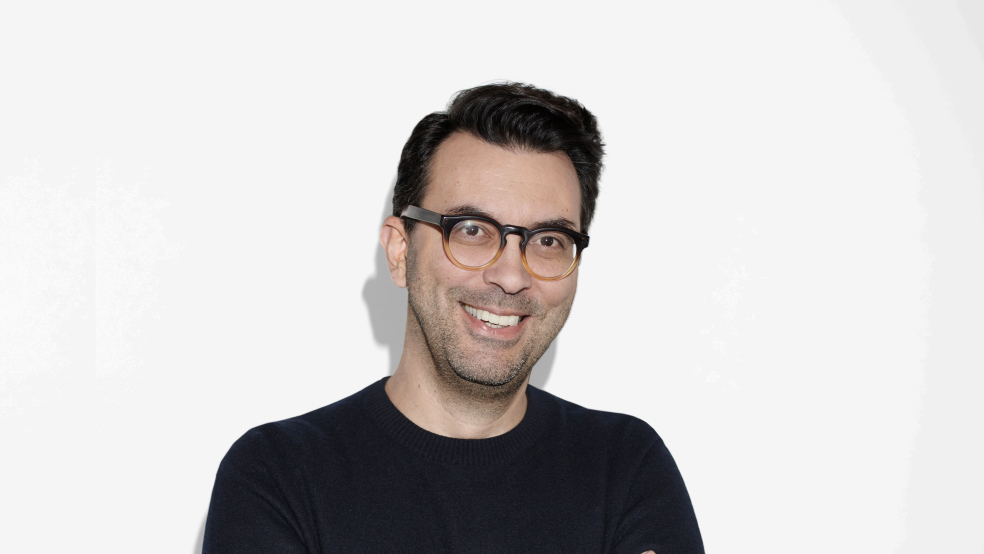
André Laurentino, known as Dede, is Ogilvy UK's chief creative officer (CCO). Born in Brazil, he travelled to the UK aged 16 while working as an English teacher and found himself hooked on the British adverts he came across while studying the language. He went back home with a new ambition: to work in advertising.
And he's done just that, working his way up the ladder, and winning reams of creative awards along the way. Some of the most famous campaigns he's worked on include Audi, adidas, Visa, Volkswagen, Nissan and more.
I sat down with him recently to find out more about what it's like to be CCO at one of the world's leading ad agencies, why he thinks campaigns need to be in "sync with their time" and what it really means to have trust between a client and agency.
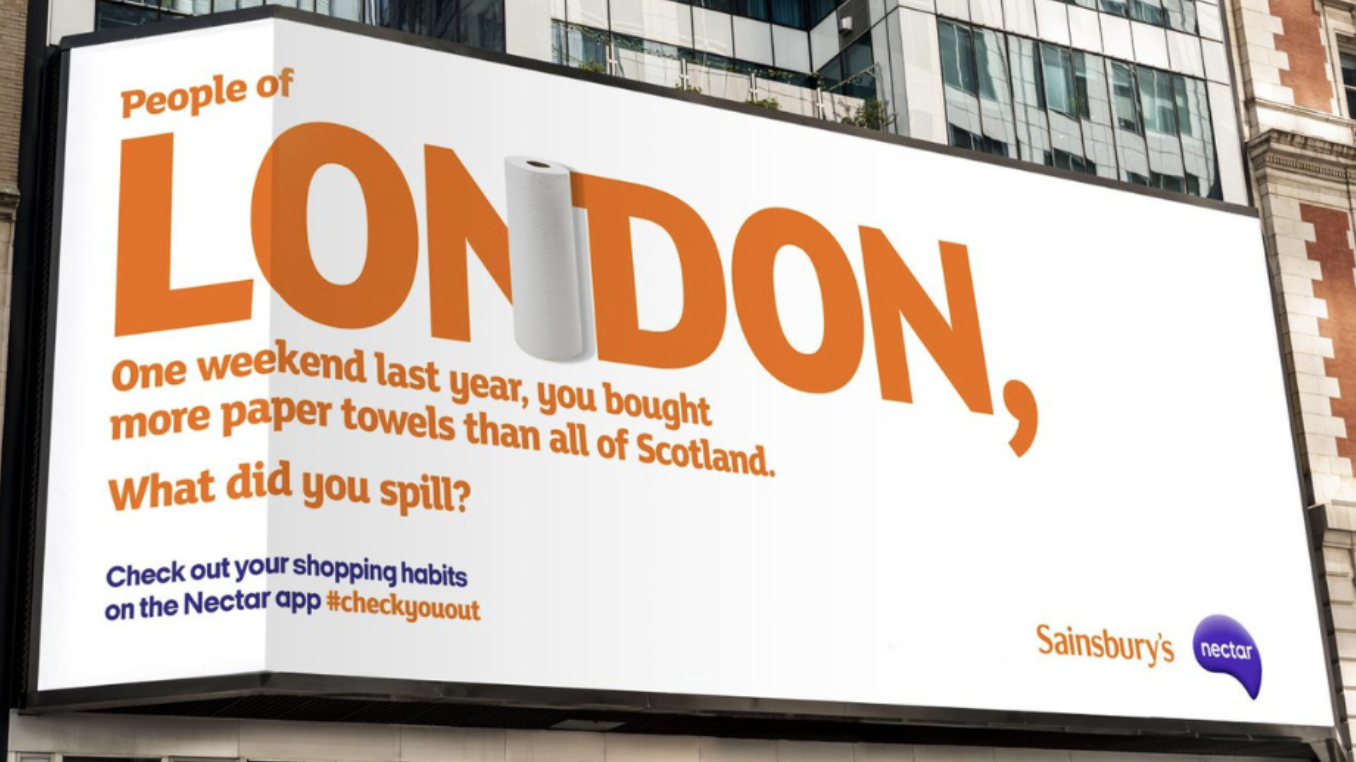
What do you do in your day to day role?
A chief creative officer is responsible for the creative output of an agency. And they're also responsible for the conditions we create in the agency for the work to be better. This involves inspiring the teams, leading the teams, talking to clients, leading the clients, and making sure that every other department of the agency – from finance to accounts, to planning to EAs, PAs, everyone – knows the creative vision and the creative objective.
How did you become chief creative officer?
I was running the Unilever division for Ogilvy UK for five years. They needed a new CCO when I was ready for a career move and they asked me if I'd like to take on the mantle, which I was very happy to. And that was it.
Did you always dream of being CCO?
Funnily enough, in my career, I've never planned very much. I was just focusing on the here and now, doing the best work I could. I heard a line the other day that I think is very true, 'Everyone is trying their hardest'. So I did like everybody else, and I tried my hardest, I still do. And I'm very careful in the choices I make.
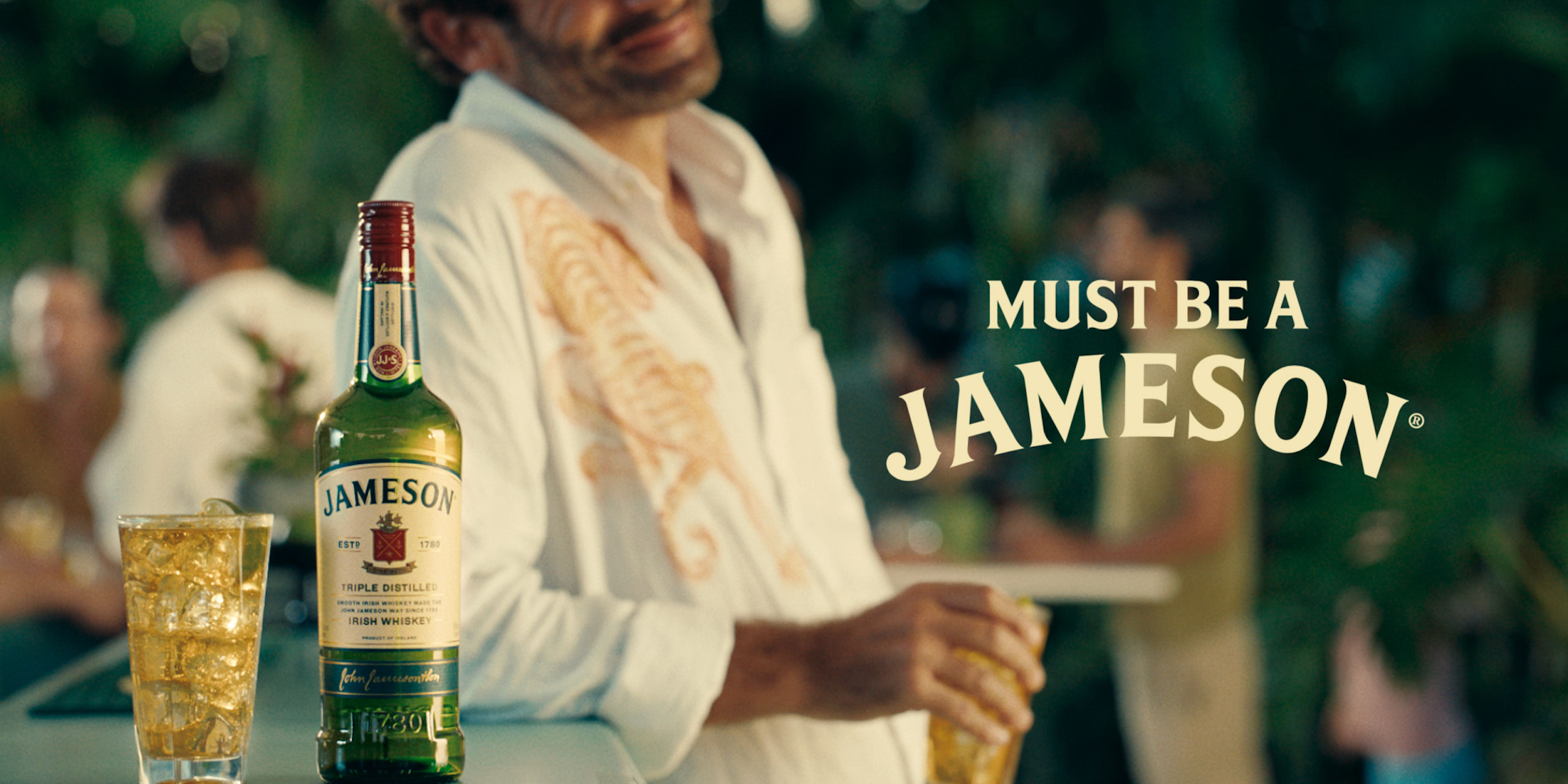
What was your early career like?
When I started I didn't know what I wanted to do. I just knew I was a creative person, without knowing that I was a creative person. I enjoyed mimicking people on the radio with a tape recorder, or drawing or playing with friends and making stuff. I wanted to make stuff – to draw, to write, to act. I thought I'd be an architect because that's what I thought would live off of creativity, it was the one profession I knew that required a skill like drawing, for example.
But then I came to Britain because my first ever job was to teach English at a local language school. And I ended up coming to the UK to take the proficiency exam by Cambridge, and it was here that I got into advertising.
I saw the British advertisers while I was studying the language – we decoded ads and things like that. And I thought, 'this is very good. It's very creative. I want to do that instead.' So I came back to Brazil not wanting to be an architect anymore, but wanting to work in advertising because of what I had discovered here. Then I went on to study advertising at university. I'm a university dropout because I got my first job at a local agency and I quit uni... and that's how I started.
Do you think that advertising has a responsibility to push forward societal change?
Yes, absolutely.
Can you give me an example of an advert that's done that?
The Real Beauty campaign for Dove – Ogilvy UK's work for Dove is led by global ECD Dan Fisher – is 20 years old now. It started this movement of depicting beauty in a much broader sense. It's now more as it should be, more of a source of happiness than anxiety.
The narrow standards of beauty were first questioned by Dove in 2004. And if you look at the way that people are represented today in society – I'm not saying it's just because of Dove, of course not – but it's a much healthier environment. Brands these days are showing people in a much wider gamut than they once were in the '80s or '90s. And I think this is hugely beneficial. It's not enough, but it's more beneficial than before.
Are more clients coming to you now saying that they want to change things?
It's a dance, because if the client is ahead of society, society will reject that change. And if the client is too far behind, society will equally reject that overly conservative way of doing things – part of society will always do that. Brands and the world are a reflection of one another. The less lag there is between reality and the [brand's] representation of that reality, the better.
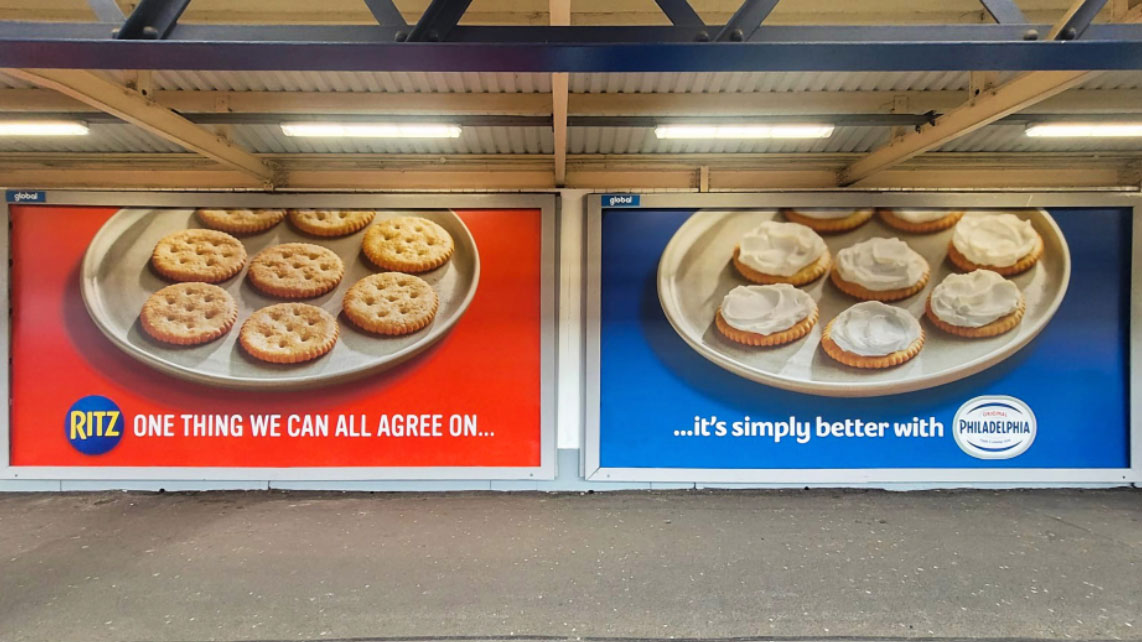
How do you measure success in a campaign where you're trying to push something forward?
Well, there are two horizons to measure that. Horizon number one, which is the one available to us, is the immediate horizon. So how well received was the campaign? Did you reach that month's metrics or that quarter's metrics? That's one very important measure of success because it will determine whether that path will continue.
The other measure is the one that we can't always judge because we need time, you need decades for that... Channel 4's incredible campaign for the Paralympics, for example, is another wonderful example of [a campaign that] has helped society change its views and has progressed and pushed the Paralympics to a whole different level.
And now that first campaign, Meet the Superhumans, is two or three Olympics behind us now, it was for the 2012 Olympics in London. And with that horizon, you can understand how things have progressed and how other brands also adopted that vision and how society respected and applauded that. So it shows that you're in tandem, you're in sync with your time. And that's the best metric, being in sync with your own time.
And how do you ensure you're in sync with your own time?
It needs a deep level of human understanding. It's not in the numbers. It's not in research, because as Rory Sutherland, Ogilvy's genius for behavioral science, says, 'All data comes from the same place: the past.'
So to get in sync with your time you need more than data, you need human sensitivity. Some businesses are attuned for a time, companies can be in sync with their time and they make what society needed, their business model is what society needed. And they flourish.
Poetry is the same, some poets speak to the human soul because they get that thing nobody else has. So in a way it's hard in business because you need lots of people to be convinced. Sometimes you're trying to convince them of intangible things. Craft like who the director is, what the messaging is, what the tone of voice is. And if you get any one of those wrong, it can ruin the whole thing.
You need a high degree of trust between very many parts of an equation, from the client, from the agency, from producers, from technology, from strategy, from everything. And that's why it's so hard, that's why most things the industry does don't live up to that standard, because it's very, very difficult.
And it's not under anyone's control. It's like, 'let's make an epic game.' Players don't decide if the game is going to be epic or not. World Cup finals are epic, but some of them aren't. And it's not up to the players to decide, it's everything together that happens that makes you go, 'wow, that was an epic game'.
What was it like working with adidas on the World Cup?
Well, it was a special one because it was the Brazil World Cup. Little did we know what that World Cup had in store for Brazil, one of the most embarrassing defeats in all history (we lost 7-1 to Germany). At that point we didn't know what was coming. So it was very exciting to see Brazil through global eyes and to understand what would travel, what was translatable from that culture. People associate so much with football. But what would ring true to audiences all over? It was great (especially because it was a pitch and we won it!).
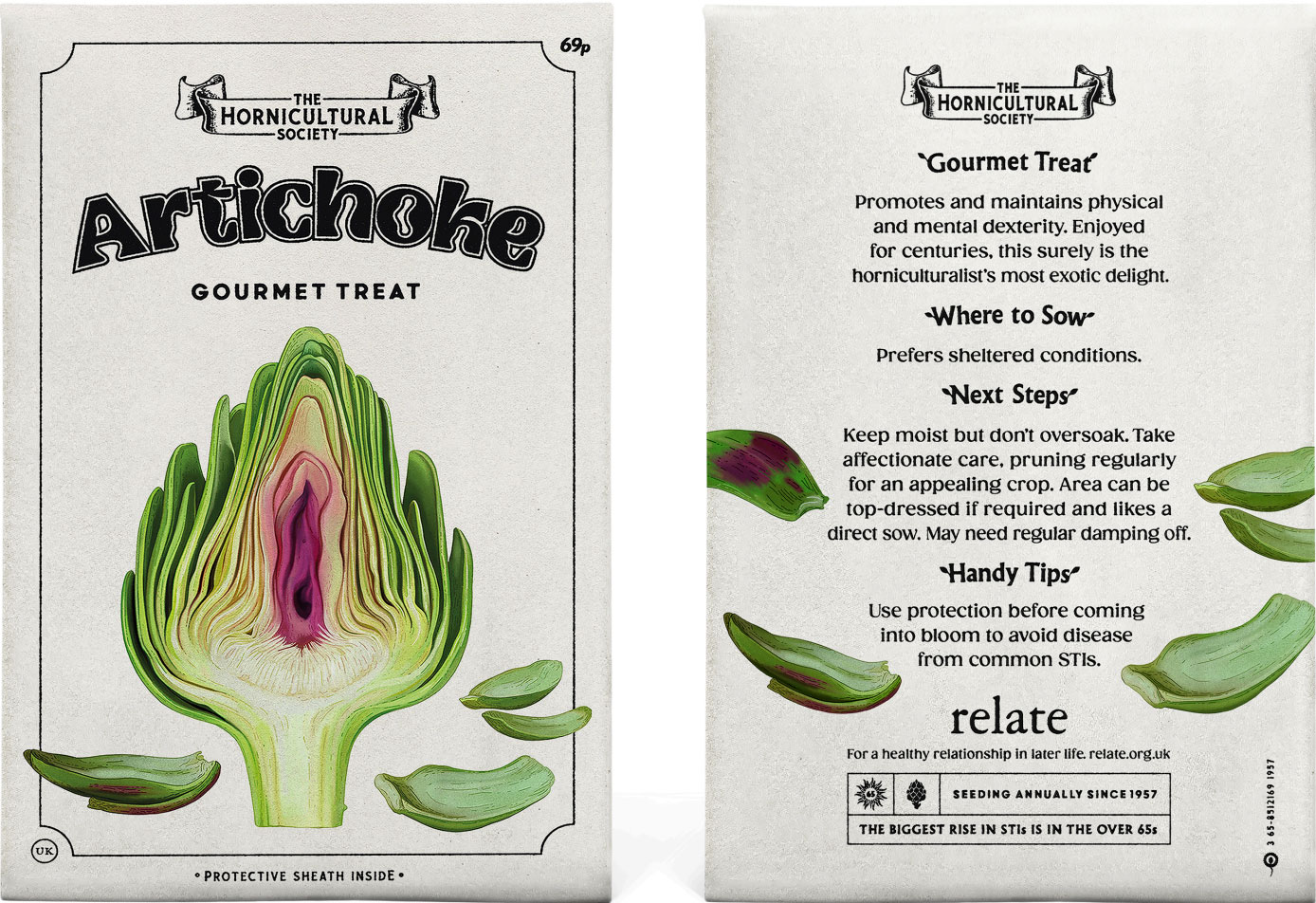
Can you tell me about a challenge you've had on a recent campaign?
Yes, we did a campaign for Relate. The campaign was about STDs, which were rising in the over 65s – more than at any other age. This shows us two things: the over 65 are having sex... and they're not looking after themselves because of STDs. So we had to talk about two things. 1. Sex, which is very difficult to talk about in the UK, nobody wants to talk about sex. 2. Parents having sex.
We called it the last taboo of society, sex at a later stage in life. People wish they could have a healthier relationship with that. So we needed to get it right – to get people talking about sex in later life without any derision and with respect. And it needed to be not so nicey nicey that you would miss it...
So we did something brave, which was to show over the 65s in very intimate situations. We photographed them beautifully with Rankin – a wonderful photographer... We had a psychology coach, we had music they preferred and they were real-life couples. They signed up for this, they really wanted to do this and it was a beautiful campaign because the press wrote so much about it. It normalised it for a bit because The Times wrote about it. [So did] Vogue Brazil, Vogue Italy, everybody wrote about sex in later life.... with a sense of humour, but with honesty, with respect. Not sterile respect, with savvy respect, tongue in cheek kind of respect, because it's funny. It's a pleasure. It's a pleasurable activity... We managed to get it just right. But it was challenging because if we got it wrong, we would have added to the prejudice instead of fighting it.
How do you foster trust with clients?
Trust takes a long time to arrive. Because you need experiences together. You need to share your visions together. Sometimes you even need to fail together to understand how each other behaves. And that takes time. These days, time is very rare, because everything is so fast. Trust does not take shortcuts. We don't usually trust people we've just met. 'I've known this person for a month and I trust them blindly.' You don't say that.
How do you foster trust at Ogilvy? Do you have a process?
Ogilvy UK is fortunate to have very long-standing relationships. And those relationships will stand the test of time. Like our relationship with IBM. We've helped the company and the company has helped us through these years – it's just natural to achieve a very high level of trust.
There are many other clients Ogilvy has built great things together with and new clients come to us because they want that level of delivery, that level of commitment. That's another element for trust, how committed you are.
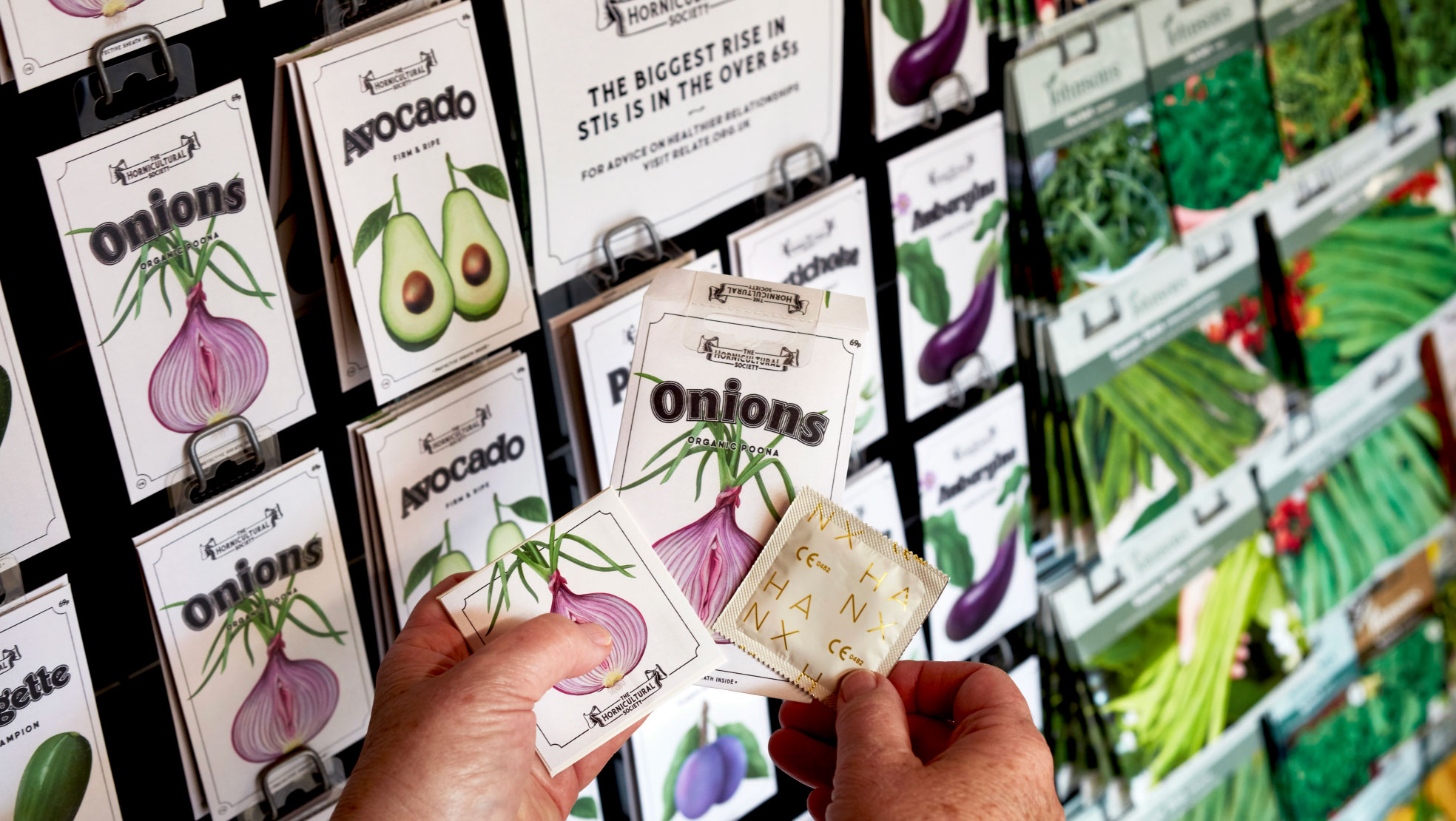
You've won a lot of awards. What do you do with them all? Do you have a special shelf?
Well, I don't have a special shelf. Some of them are more difficult to win and those are the ones I really treasure. Every creative person is insecure, every single creative person, including Pablo Picasso... Every creative person when they win an award, it's some kind of reaffirmation that they can still do it, they still have it.
It's very reassuring to have that pat on the back from the industry to say 'you can still do it'.
Which award are you most proud of?
The award I treasure the most is the first one. When we were a midweight team in Brazil, there was a big festival, and we won the two biggest awards of the night. It got us a business class ticket to France. That was like 'wow, we did it'. They plucked us out of midweight level to give us this award. I couldn't believe it... That feeling was that the first time it happened to me and that still feels special.
What do you think makes a good pitch?
Well, in a pitch, you don't need to be absolutely right, you just need to be more right than everybody else. And also, the clients need to like you. They need to like the team.... and how that team plays with each other, how the team plays with the client, the chemistry.
Because sometimes I've heard people say that the client said, 'I've got great news and bad news. The bad news is we didn't buy the work you did. The good news is we love you people. We can work with you forever. So you've won the pitch.' So they could see the talent, they could see the thinking they could see the craft, they could see how the problem had been attacked from many different angles. They could see the structure the agency had to offer, they could see all of that. Sometimes what you need is the right fit. Does our company have the right toolbox for the problems that you currently have?
What advice what you give someone new to pitching?
Trust your teammates. A pitch is a team exercise and if that team is feeling great about itself, it's the best thing you can be when you're presenting a work because then as I said, people will see you for who you truly are and the best game you can play.
What makes a good CCO?
A good chief creative office does not believe in fear as a motor for creativity. A great creative leader will allow the team be themselves. They will give that team confidence that they can do it.
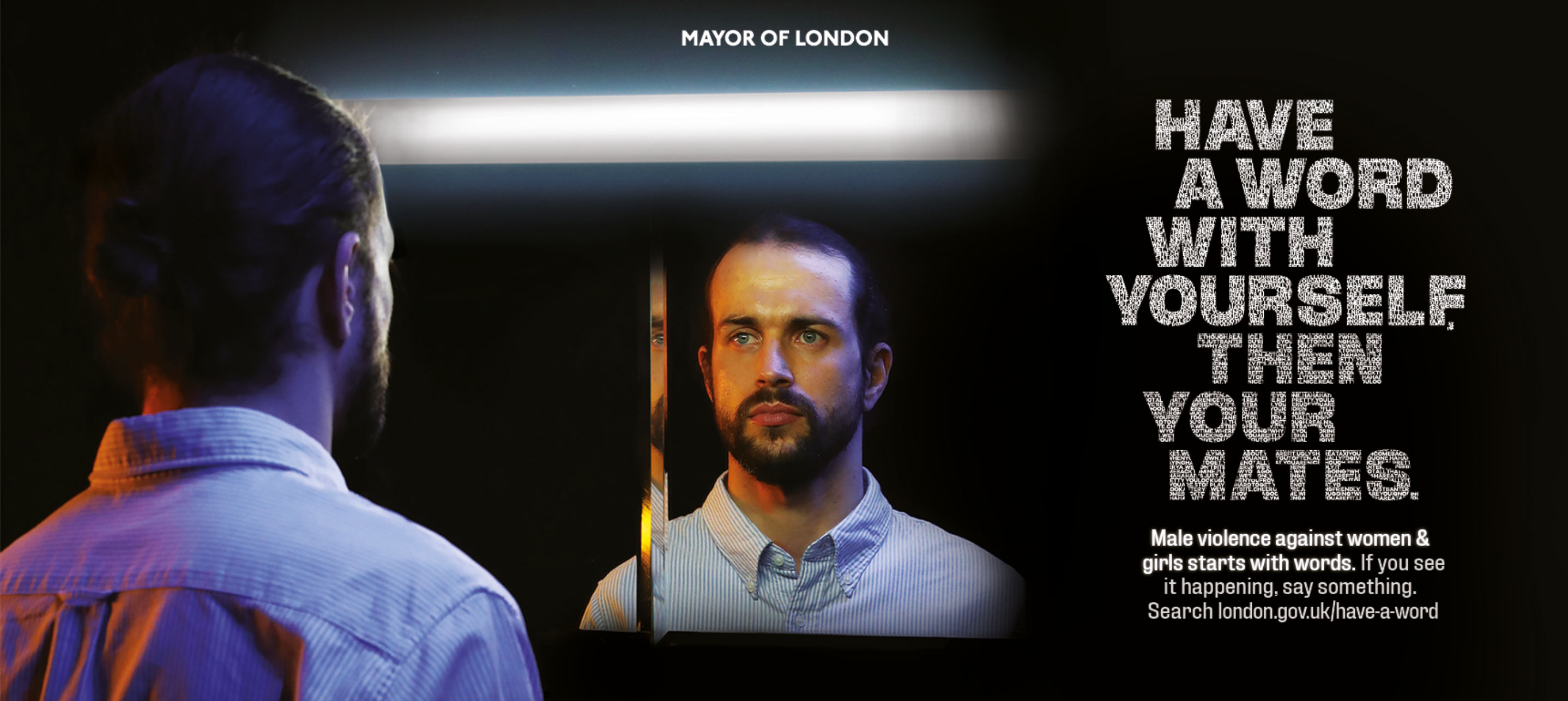
How is that different from being a creative director?
It's also true for a creative director. It's just that the level of influence of a CCO is much bigger. The CCO may influence the planners, may influence the management team of the agency, they may influence the whole way the agency works. And if a creative director is a bad apple that portion of the agency will taste bad. If a CCO is a bad apple, the whole agency will taste bad.
What advice would you give someone who wants to be a CCO?
Treat people with honesty and elegance. Everyone is trying their hardest.
Find out more about Dede via his website and the Ogilvy UK site.
Get the Creative Bloq Newsletter
Daily design news, reviews, how-tos and more, as picked by the editors.

Thank you for reading 5 articles this month* Join now for unlimited access
Enjoy your first month for just £1 / $1 / €1
*Read 5 free articles per month without a subscription

Join now for unlimited access
Try first month for just £1 / $1 / €1
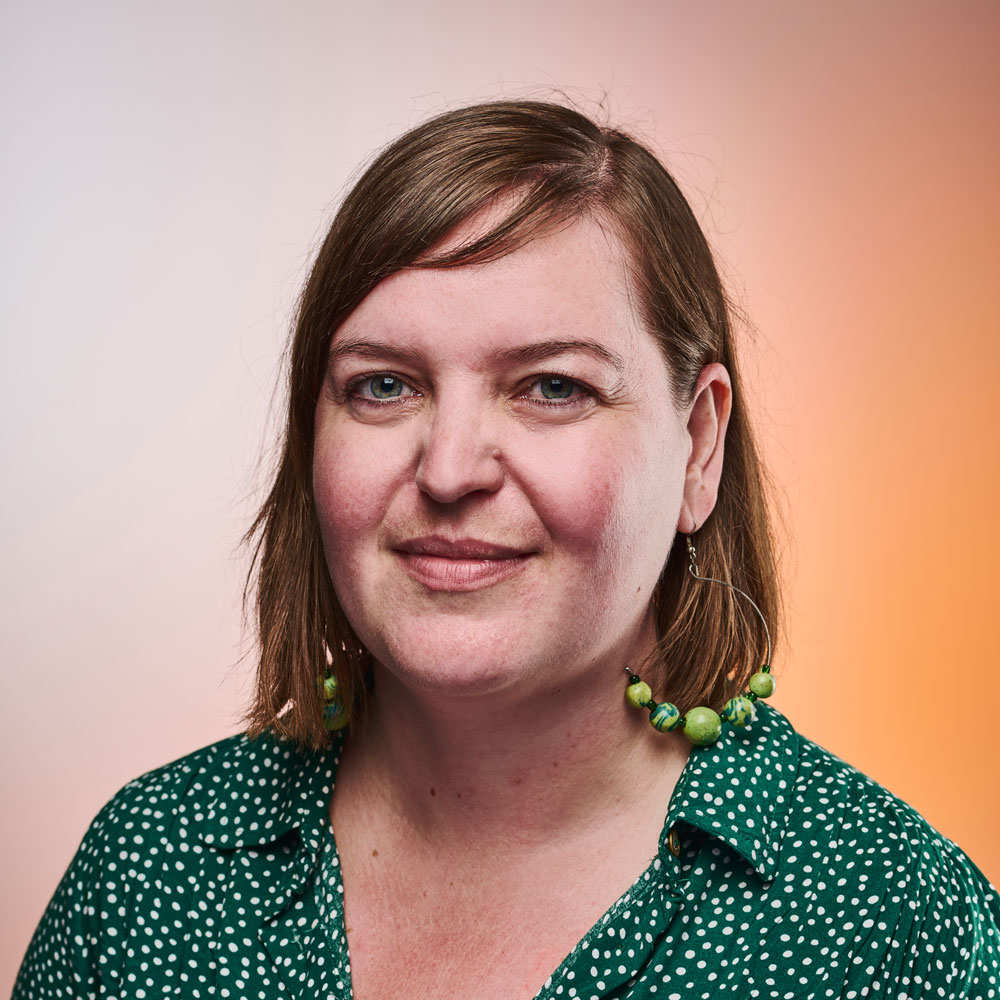
Rosie Hilder is Creative Bloq's Deputy Editor. After beginning her career in journalism in Argentina – where she worked as Deputy Editor of Time Out Buenos Aires – she moved back to the UK and joined Future Plc in 2016. Since then, she's worked as Operations Editor on magazines including Computer Arts, 3D World and Paint & Draw and Mac|Life. In 2018, she joined Creative Bloq, where she now assists with the daily management of the site, including growing the site's reach, getting involved in events, such as judging the Brand Impact Awards, and helping make sure our content serves the reader as best it can.
